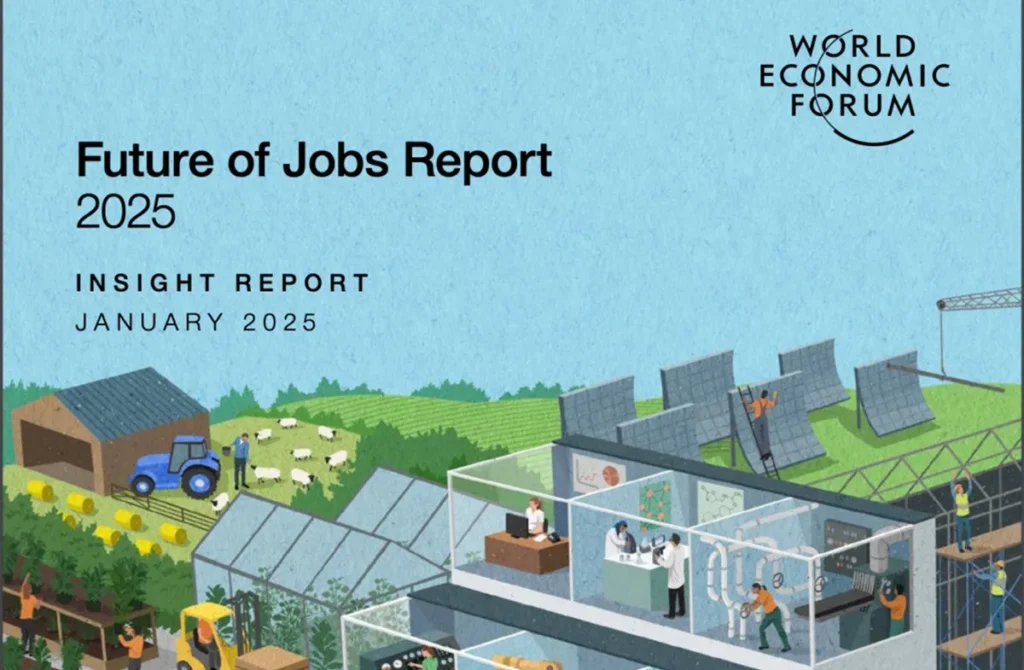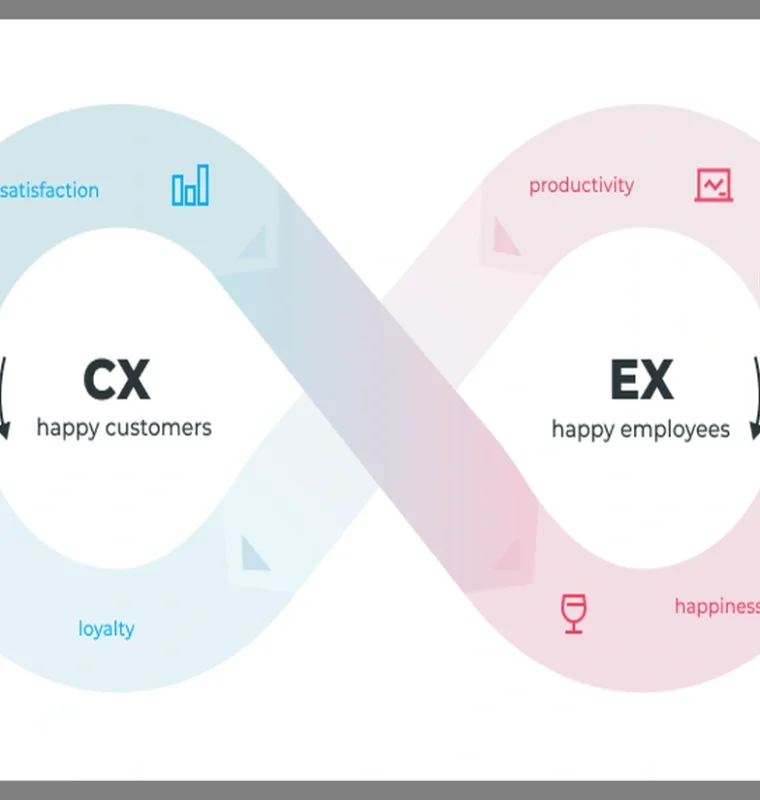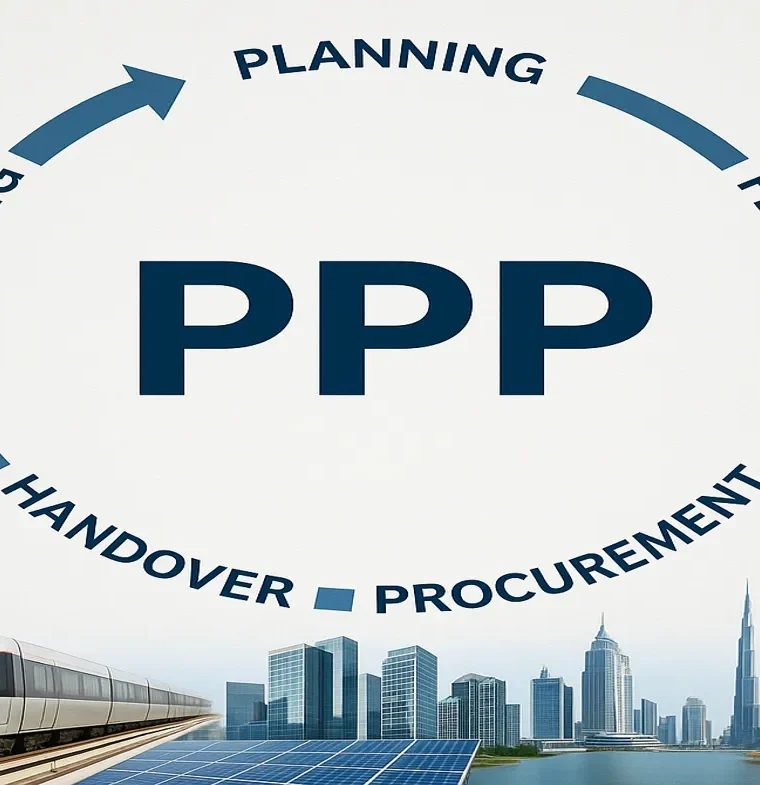Issued by the World Economic Forum – January 2025
The Future of Jobs Report 2025, published by the World Economic Forum, delivers a comprehensive analysis of emerging trends shaping the global labor market over the 2025–2030 period. Drawing insights from over 1,000 global employers, covering 22 industry clusters and 55 economies, the report offers a strategic forecast of employment dynamics, skills transformation, and workforce planning in response to major global disruptions.
Scope and Content of the Report
The report explores how technological innovation, macroeconomic volatility, climate imperatives, geopolitical fragmentation, and demographic shifts are expected to transform jobs, skills, and labor market structures worldwide. It provides sectoral and regional breakdowns, quantifies job growth and displacement, evaluates future skills requirements, and assesses strategic responses from both public and private sectors.
Key themes include:
- Job creation vs. displacement: An estimated 170 million jobs are projected to emerge globally by 2030, while 92 million roles may be displaced—resulting in a net employment growth of 78 million jobs.
- Skill disruption: 39% of core worker skills are expected to change over the next five years.
- Labor force strategies: Employers are prioritizing upskilling, automation, AI adoption, and inclusive hiring as responses to talent shortages and digital transformation.
- Macroeconomic and social trends: Climate action, cost of living pressures, and geopolitical tension are reshaping demand for green jobs, resilience, and cybersecurity expertise.
Importance and Strategic Relevance
This report holds significant value for governments, businesses, educational institutions, and workforce strategists, as it provides data-driven insights into:
- Where labor market investments should be concentrated.
- Which job roles and skills are at risk versus those that are rising.
- How employers are preparing for the integration of AI and automation.
- What policy frameworks and business practices are most effective in boosting talent availability and workforce resilience.
The report serves as a critical tool for labor market foresight, enabling decision-makers to proactively shape talent development agendas in line with fast-evolving market realities.
Key Recommendations
- Prioritize Reskilling and Upskilling: 85% of employers intend to invest in workforce training. Public and private sectors should expand access to scalable, modular learning aligned with emerging skills.
- Support AI-augmented Workforces: Over 75% of employers plan to reskill staff to work alongside AI. Investment in digital literacy and AI proficiency is essential across all skill levels.
- Foster Inclusive Talent Strategies: Diversity, equity, and inclusion (DEI) policies have risen markedly, with 83% of employers now implementing DEI measures. Leveraging underrepresented talent pools and removing degree barriers are highlighted as impactful strategies.
- Strengthen Labor Policy Alignment: Governments are encouraged to expand funding and provision for upskilling, improve education systems, and enhance flexibility in employment and wage-setting practices.
- Address Strategic Barriers: Skill gaps are the leading barrier to transformation (cited by 63% of employers), followed by cultural resistance to change and regulatory rigidity. Targeted interventions in these areas can accelerate business adaptation.
Application to Local and Regional Contexts (e.g., Gulf and MENA Region)
The findings of the report have direct implications for economies across the Middle East and Northern Africa (MENA) and Gulf Cooperation Council (GCC) countries, including the United Arab Emirates:
- Talent Transformation Readiness: Many regional employers anticipate rising demand for AI, cybersecurity, and green economy jobs, yet skills gaps remain a core challenge. Government-backed reskilling initiatives, like those already underway in the UAE, should be scaled up in partnership with the private sector.
- Youth and Women Employment: With the region facing both youth bulges and persistent gender gaps in employment, focused investment in education-to-employment pathways, female workforce participation, and Gen Z skilling is essential.
- Labor Policy Innovation: Given regional demographic dynamics, policies such as immigration reform, labor law flexibility, and support for remote work can enhance talent attraction and mobility.
- Technology Localization: AI readiness strategies should be tailored to local market realities, focusing on applications in government services, energy, logistics, and financial sectors—industries where the region holds strategic advantage.
Conclusion
The Future of Jobs Report 2025 underscores the urgency for strategic action across sectors to future-proof workforces. For policymakers and business leaders in the UAE and broader region, the findings provide a roadmap to navigate a period of accelerated change—where aligning human capital development with digital, green, and inclusive growth will define economic resilience and competitiveness.


















